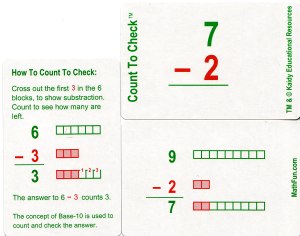MissKoh.com (The url is actually www.MissKoh.info) is a website supported by Singapore’s Straits Times. If you click on the academic year, then the grade level you are interested in, you will be brought to a page of mid-year and final semestral papers as well as a few continual assessment papers, all from top schools in Singapore. For example; select 2008 and Primary 6 and you are offered test papers for English, Chinese, Maths or Science from 5 schools. (You need to register for some of the schools)
Go back to the 2007 Academic year and find tests through the second year of Junior College. All assessments are scans from actual school papers, so expect some rough looking pdfs.
My 8th grader and I had a great time working our way through some challenging word problems on a test. For your mathematical enjoyment, here’s one from the Nanyang Primary School 2007 Preliminary Examination:
A mixture, weighing 100 kg is made up of 2 chemicals A and B in the ratio of 7:3. When some volume of Chemical A evaporates, the content of Chemical A is reduced to 60% of the new mixture. What is the mass of the mixture now?
MissKoh.com advertises itself as “Your Online Test Center” From the About Us page:
Misskoh.com is set up to create awareness for “The Straits Times School Pocket Money Fund” to help students from low income families who cannot even afford a proper meal during recess…
Most of the these students do not have extra revision materials to revise, so we hope you can help by sharing your printouts with them if you know of any such friends in school.
























